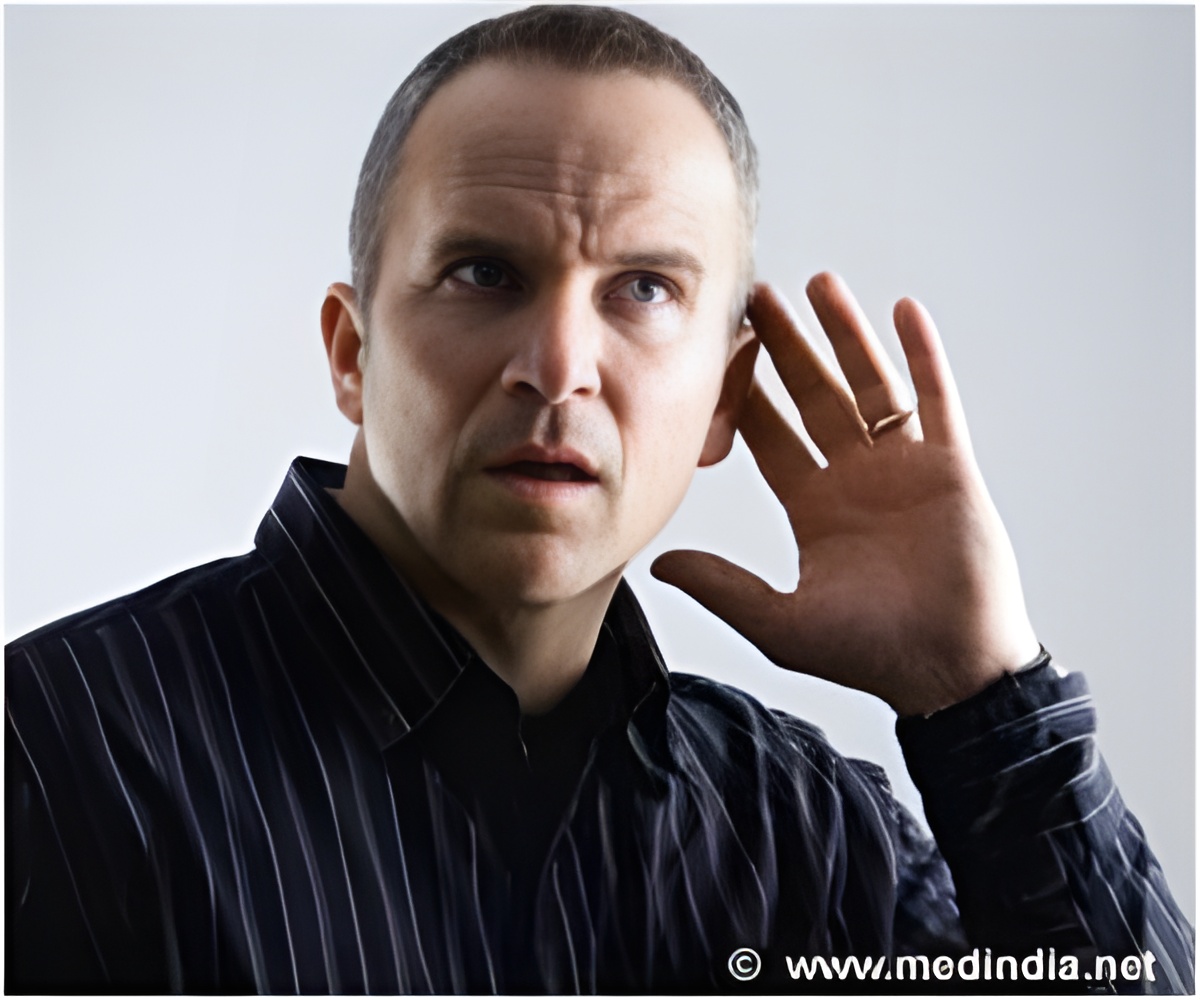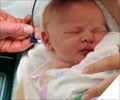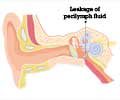As a person turns old, the intensity of sound that reaches the inner ear is reduced. The connections between certain sensory cells and nerve cells are damaged.

“If confirmed, our findings give us new ideas for how physicians may someday treat or prevent age-related hearing loss,” said, Dr. Paul Fuchs, John E. Bordley professor of otolaryngology—head and neck surgery at the Johns Hopkins University School of Medicine.
Sensory cells that lie inside the ear convert sound waves into electrical signals, which the nerve cells pick up and send to the brain. There is an inner and outer set of these sensory cells, called “hair cells” because of the filaments that act like antennae picking up sound waves.
The inner tier is closer to the brain. The outer tier has a secondary function of amplifying the sound waves within the inner ear. Aging brings a loss of these outer cells, and is closely correlated with a loss of hearing.
Efficiency of the outgoing and incoming connections was tested using the electrical signals from within the inner hair cells of young and old mice. They found that the incoming nerve cells were more active in animals that were harder of hearing. The more active those nerve cells, the more they turn down the amplification of the outer hair cells, and the harder it becomes to hear.
Researchers believe if the same phenomena is occurring in humans there may be ways to prevent those incoming nerve cells from forming connections with inner hair cells, which could prevent hearing loss during old age.
Advertisement















